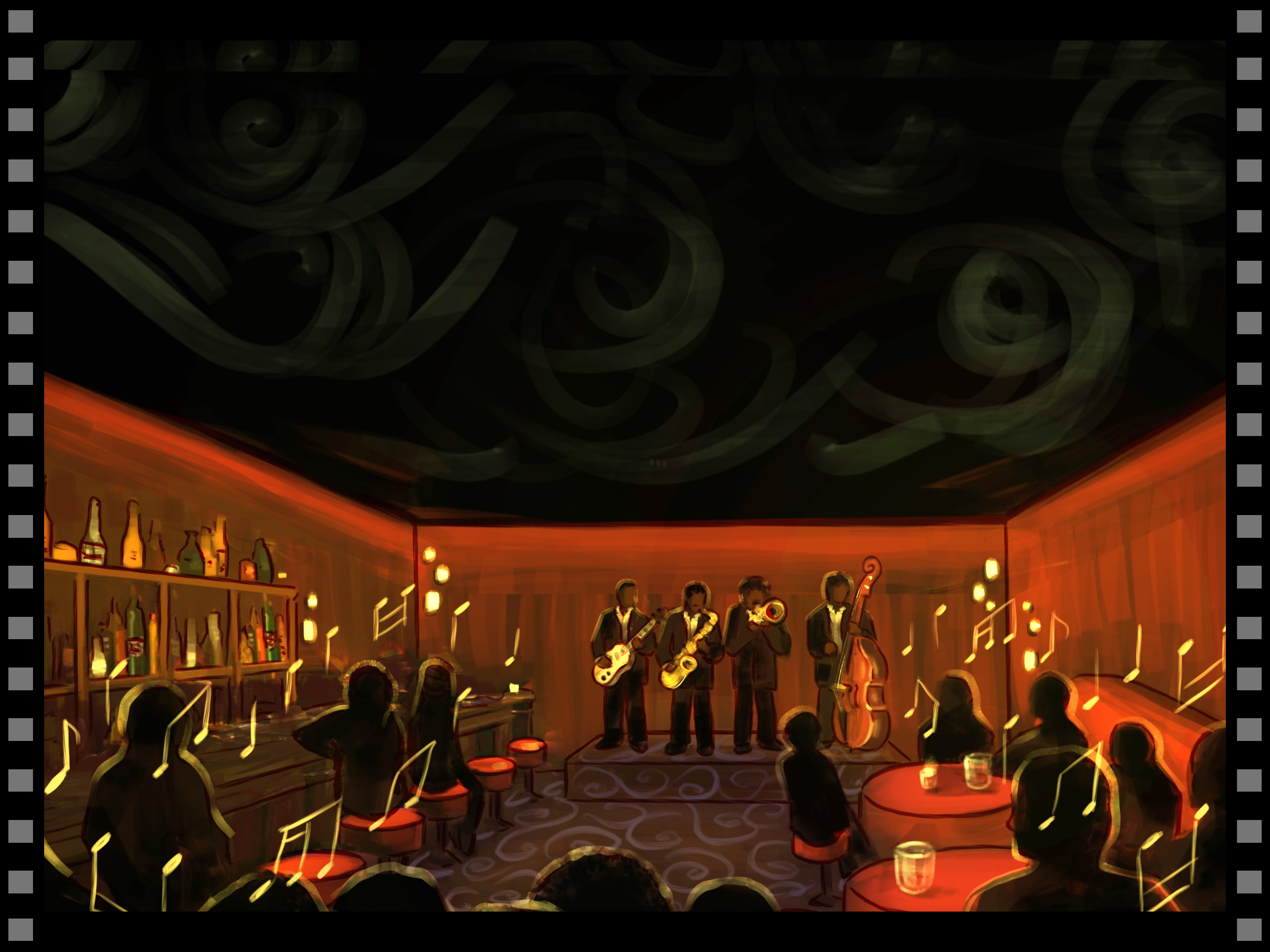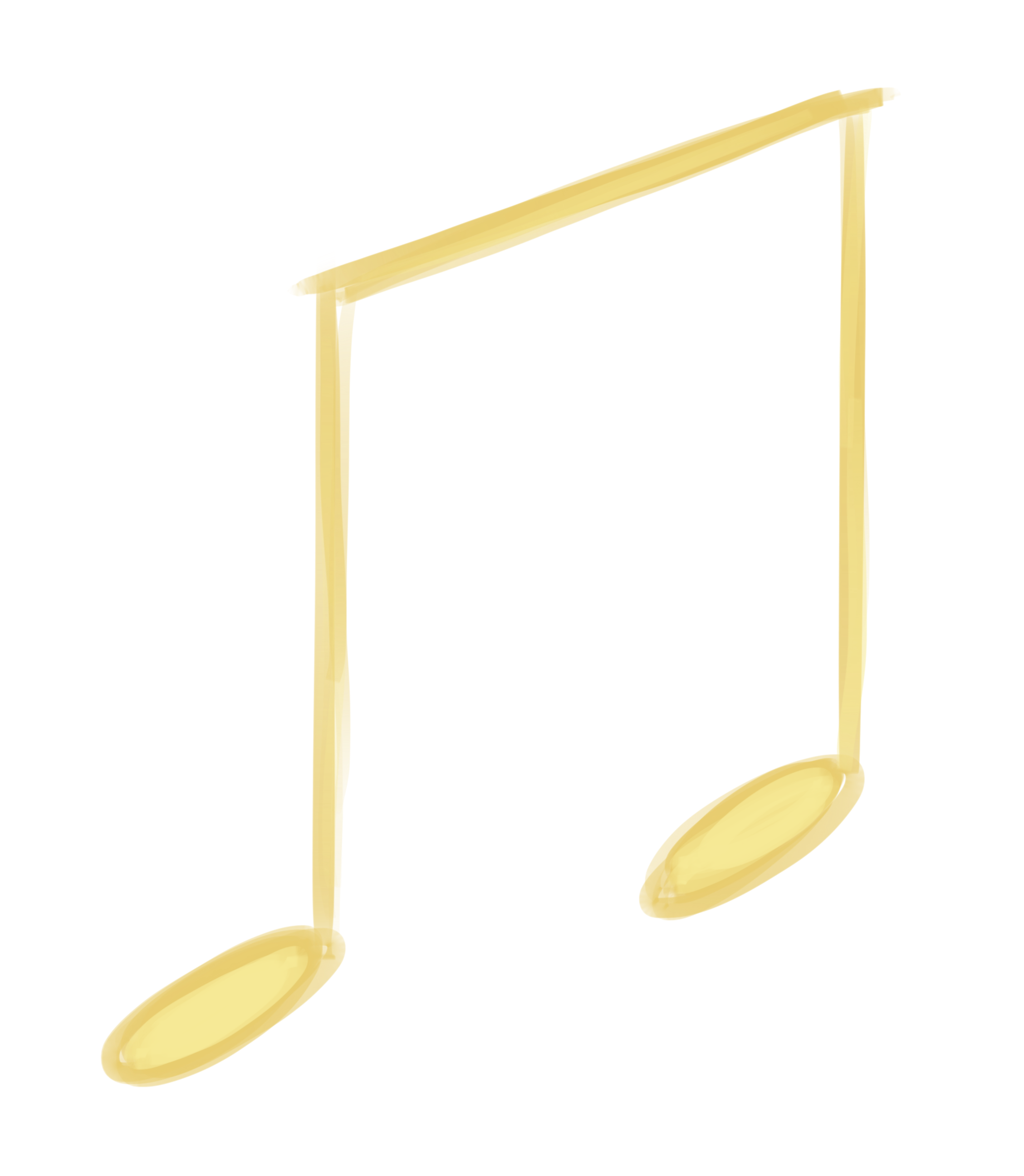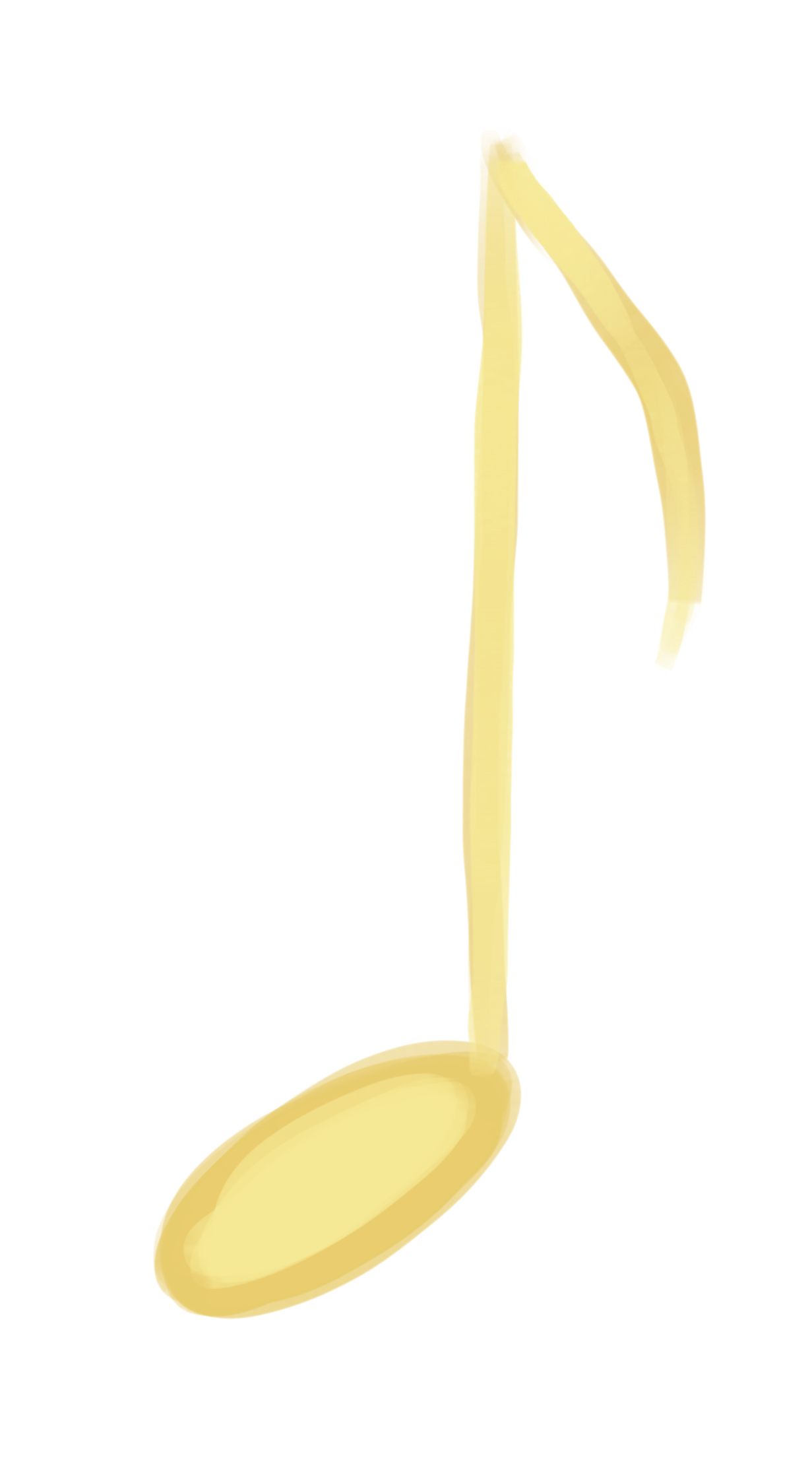

In 1960, the Queen of Jazz made a mistake. Performing the song “Mack the Knife” in West Berlin, Ella Fitzgerald forgot the lines. The weight of global expectations stood on her shoulders as one of the first Black women to sing this piece—and in front of a white, international audience, no less. The lyrics failed her––no matter. Error did not create an obstacle, but an opportunity. Mid-tune, she sings, “Oh what’s the next chorus to this song, now?” and carries on with her performance, scatting, putting new words together, and constructing syncopated possibilities from the traces of the song. The show must go on.
She improvised the rest of the lyrics, belting out her own version with her signature wit, creativity, and self-assurance. At the third-ever Grammy awards ceremony, Fitzgerald would receive two Grammys for Best Vocal Performance Album and Single Record. Interestingly, despite her talent and brilliance in technique, the ceremony categorized her performance as pop, not jazz.
At the end of 2022, the frantic fall semester disappearing from my horizon, I listened to this performance again on Spotify. I wondered how Ella did it and what I could glean from this work. I wanted to dream and improvise my way out of the institutional and individual racism I had faced that semester. The notes and chords of this piece assembled themselves in my hasty composition: Cutting up the constant microaggressions and racist gestures and assumptions, adapting with other people of colour faster than our institutions could erase and exhaust us, and living in unpredictability and inscrutability, beyond our patterns, to evade white supremacy. I asserted this world-making ability of jazz with the Black thinkers I look up to: Toni Morrison, Langston Hughes, and Angela Davis, among many other radicals and jazz artists who move them in tandem.
When I spoke with Eric Lewis, a professor of philosophy at McGill and the site lead for the International Institute for Critical Studies in Improvisation (IICSI), he explained that collective jazz improvisation can be thought of as a “listening trust”––a strain of thinking shared by Black feminist theorists like bell hooks.

“When I have trust in my fellow improvisers, that’s the precondition for taking risks. That’s the precondition for making mistakes [....] And for me, what distinguishes an improvising jazz ensemble from being a member of a symphony orchestra is that in the improvising ensemble, I take ethical and moral responsibility for the complete sound structure created,” Lewis said. “I think when I walk off the stage, I am responsible for every sound that was produced, not just my own contribution. I’m not gonna say ‘the oboes: they were off today, right?’ We each are responsible for every sound that was produced. And so there’s a pedagogy of collectivity and trust when it works.”
But I didn’t have the tools––of improvised musical invention. I’m demanding too much on praxis that isn’t actually musical practice, imposing my social imperatives onto a form I not only can’t play but should be approaching with an ethical eye, not an extractive one. I remember my many years playing classical piano, the choice I made for classical over jazz even when jazz aligned more with my interests. I think of the mistakes I made on the small platforms I received, in the competitions I took part in, in Royal Conservatory exams, or when just trying out new pieces. To do what Ella did in 1960 seems, still, impossible.
The ethos of jazz could apply to other forms, too: Writing, politics, and resistance. Just as artists can subvert a song that contains white supremacist lyrics (Lewis points me to Nina Simone’s active mash-ups of “My Sweet Lord” and a radical poem by the Last Poets), we could listen, improvise better, and embody resistance in the texts and performances that structure our everyday lives.
Growing up playing classical piano and performing as an improv comedian, these two worlds orbited each other, desperate for contact until my mom, who keeps jazz in my life, told me about Ella’s Berlin performance. This story—that I now frequently think of, repeat, and rework for guidance—reminds me that jazz may serve as a network beyond the limits of our expectations for music and as an insight into what the history of Black (musical) adaptation and improvisation would offer me for the rest of my life.
If I couldn’t play jazz, then I’d have to actively learn from it. I’d need to model the close listening performed by Black artists in order to foreshadow new political formations, especially across lines of race, gender, class, and sexuality. Discussing Nina Simone’s lyrics and performativity, Bessie Smith’s willingness and vulnerability to talk about Black queer identity, and Jeanne Lee’s experimental efforts to undermine both externally imposed identities and jazz lyrics, Lewis outlined to me how jazz can be a potent site for critical and philosophical work beyond canonical pages.
“Jazz, particularly collective jazz [and] improvised music is often seen as a crucible for experimentation in new social forms,” Lewis told me. “Because a jazz ensemble, insofar as it’s grounded in community, is a site for coming to discover the other dialogue across various silos or boundaries of difference, and experimenting in new social structures.
“Music could oppress as well as it can liberate. Jazz can oppress as well as it could liberate. And many vanguard Black women theorists and musicians have done much to critique both of these possibilities, right, and make us aware that it’s not liberatory per se, as much as it has a strong liberatory potential.”
We’re in the city for jazz. Montreal’s internationally-renowned jazz festival brings the best and brightest stars from around the world. But jazz history didn’t just start here with the spectacular—Black people laboured to make their art against the city’s segregation and racial surveillance. The government of Maurice Duplessis revoked the liquor license of Rockhead’s Paradise, founded in 1928 by Rufus Rockhead, a Jamaican-Canadian porter (among other Black, Jewish, and Chinese establishments). This anticipated the passage of the 1937 Padlock Act that allowed the government to close down any establishment––mostly those of Black and racialized proprietors––who promoted and were suspected of communism. We might remember Rockhead’s for how it attracted Fitzgerald, Louis Armstrong, Billie Holiday, and Sarah Vaughn, but we can’t separate it from the long history of state intervention in jazz. Jean Drapeau won an election in 1954 on a promise to clean up the city and with it, take down Black-owned nightclubs and modernize, gentrify, and destroy Little Burgundy. Can we be proud of something that could have been erased?
We went on a family trip to Montreal in 2010. I reminisce on this trip because we met up with my grandfather, who immigrated from Jamaica to study here, to see the Miles Davis exhibition at the Musée des Beaux-Arts. We stood in this exhibition’s riches of multimedia displays, and I felt the inkling that I’d follow my grandfather’s past in this city, a kinship that only the streams of jazz, of Davis’ quintets, of a Black expression mixing the visual, archival, written, material, and ephemeral could underwrite.
In this space between choosing classical over jazz and jazz always existing as spectre, opportunity, hope, and life-as-otherwise, there emerges a Black history of Montreal. In the early 20th century, as immigrants from Nova Scotia, the Caribbean, and the United States arrived in the city to work in the docks, industrial sector, and railroads, jazz clubs began popping up. This is a history and archive that DJ, activist, and educator Andy Williams, BEd ‘97, knows well and helps shape through his public writing and teaching. Working to fill the gaps in music’s social history, Williams has penned articles on Ajax Records, the first Black Canadian music label in Montreal, and Montreal as the “Harlem of the North.”

“[Jazz in Montreal] became really popular because of the prohibition. And, so in Montreal, we were able to drink until endless hours,” Williams told me. “A lot of the Black workers, whether they were porters or just musicians, were playing from 9 p.m. onward.”
In his more than 10 years of experience playing music across the world, Williams finds that listeners tend to be unaware of the full picture of jazz history in the city. For example, it’s one thing to know Oscar Peterson, but many people don’t know his mentor Lou Hooper or the greater influence beyond the “quiet legacies” of Daisy Peterson Sweeney, his sister.
“We realize a lot of the musicians were taught by the Black women in Burgundy because their husbands were at war,” Williams said. “And two of the women, Daisy Sweeney and Emily Clyke [Viola Desmond’s sister], in particular, were important to this. They ran this through the Union United Church in the 1940s […] what happens is it turns into a Christian-based self-empowerment group and the Universal Negro Improvement Association (UNIA).”
Williams broke down the history for me. After World War II, community members who couldn’t afford music lessons could pay 25 cents for a course with Sweeney. Borrowing instruments and using donations given to the Negro Community Centre (NCC), she and Clyke in turn relied on the community to foster its next generation of musicians.
“Sweeney and Clyke would go to the thrift shop and get kids clothes,” Williams said. “It was kind of like finishing school, in a welcoming way.”
The work of Sweeney, the UNIA, and the NCC demonstrates to me that in the face of precarious living conditions for Black Montrealers, mutual aid worked as a practice of community formation. The global connections between Sweeney’s teaching and the pan-Africanism espoused by the UNIA remind us that jazz is a global form. In recording their improvisations over time, artists incorporate African, Indigenous, and European music traditions. Just as Lewis pushes me to think about listening in collective improvisation, jazz as a form asks us to learn from one another, to consider and transcend difference, collectively.
As I thought through the global reach of jazz, I returned to a weekly presence in my life: Café Latino on JazzFM 91. My mom first introduced me to the show, and we would listen together in the car, on the radio at home, captivated and attuned by the music and the selections of host Laura Fernandez. Saturdays from 4 p.m. onward, we would feel transported to a place far from our suburb. When I asked Fernandez about the sense of community her show creates, she spoke to me about approaching the show with reciprocity. Often, she thinks of curation, circulation, and reception itself as a form of art and conversation.
“As a host, I have responsibility for sharing all the different permutations and giving light to new talent, but also to put the music in context of what came [...] before it,” Fernandez said. “It’s easy to look back and, and see how salsa and Boogaloo came to be for instance, in Latin music, but if I didn't relate it to what came before salsa, which was Boogaloo, you [wouldn’t] understand how it kind of merged into salsa [...] and how salsa kind of started integrating political lyrics where it had never been done before.”
Fernandez, a producer and performer who has been immersed in the Latin jazz tradition for over 16 years, told me that the exploratory and improvisatory nature of jazz deeply affected her own bravery as a musician.

“I sometimes cover some of the songs that I hear and that I play,” she said. “I have tried to play Bebo Valdés’s little licks and his things that he does on the piano and integrate it into my own music [....] I tend to present [jazz] as a person who is discovering the music. And I’m discovering it not just as a listener, but I’m discovering it as a player and as a writer [....] I try to translate that kind of excitement to the audience because I get excited about it.”
But Latin jazz and music overall manifest towards different directions in each country and community—from Venezuela to Colombia to Argentina to Brazil and beyond.
“[A] lot of the Spanish music was influenced by North African and African roots as well,” Fernandez said. “So it just brings everybody together into one big world community [....] So I try to bring that out to the people.”
Having been introduced to various influences and styles by her parents, Fernandez thinks of jazz as a compass, a form that works in relation and in direction with multiple genres. When Fernandez started the show, she says it was more strictly bound by her own imposition of what Latin jazz meant. As she learned more about the genre’s varied historical influences, her broadcasts completely expanded to give audiences “a little bit of a map of how to discover the music.”
“[I] realize[d] that really, it’s a fusion of many elements, that you just can’t leave the other stuff out. It wouldn’t tell the whole story. So I like to broaden it,” Fernandez said. “You can't exclude that, because that is the [...] progression of the genre [....] I feel that by putting it in context, with the whole trajectory of the form that, it just helps people engage better with it.
When I listened to Fitzgerald’s live recording a decade after visiting the Davis exhibition, I might have regretted the years of classical piano. The rules, the orders, the grammars of the line where I’m too committed. I have to graft the privileges and the progress that allowed me as a young Black pianist in an upscale, white music academy to choose what my icons such as Nina Simone could not––and against their genre too. I’m wondering if, as I mull over this decision in this city, I can curate a life that works to collaborate with my fellow citizens, past and present, who deserve redress in a global, free world. But I refuse to approach this alone. It’s in solidarity and community with those around me, with jazz artists and thinkers, that I hear a future––where we groove, too.
Illustrations by Drea Garcia Avila, Design Editor